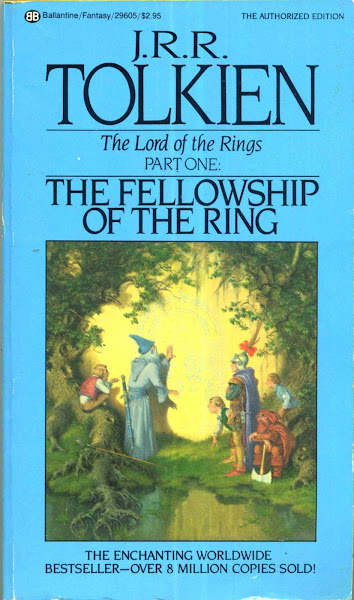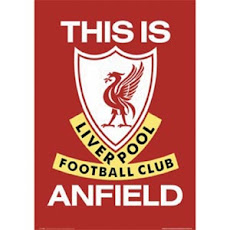by rick olivares
One year later after FIFA’s justifying themselves, Argentinean referee Hector Elizondo gave Zinedine Zidane a red card in the World Cup Finals when he didn’t even see the Frenchman headbutt Italian Marco Materazzi. While it is the correct call, how did Elizondo arrive at that conclusion? Did he listen to the Italian players who immediately crowded him to report the incident (I never root for the Azzurri who have made an art out of diving and complaining). FIFA has denied that its fourth official (who watches in the video telecast) advised the ref on the field but go figure. And in last year’s Confederation’s Cup, referee Howard Webb changed his decision from a corner kick to a penalty kick that changed Brazil’s fortunes in its match against Egypt.
Early in the week, controversy reared its ugly head once more in the sports world when an umpiring gaffe cost the Detroit Tigers’ Armando Galarraga a no-hitter in Major League Baseball. Thus far, MLB has only used video technology only to verify home runs such as the dinger by New York Yankees’ Alex Rodriguez in last year’s World Series against the Philadelphia Phillies or the one that was taken back when the Tiger’s Brandon Inge’s swat went foul. In both cases, the replays were correct and no complaints were forthcoming.
In the case of Gallaraga’s lost perfect game, how referee Jim Joyce missed a runner getting clearly thrown out is beyond everyone else.
I am not advocating the total use of instant replay for strike zones in baseball or fouls in basketball among many sports because that is going to cause so much wrangling, debate and headaches that at the end of the day we’re all going to need more than an aspirin.
In certain quarters of the pro tennis tour, they use instant replay to ascertain balls that straddle the sidelines. So what’s wrong with adding instant replay to getting the call right on the base paths?
Teams should be rewarded for their achievements and not penalized by human error unintended or otherwise.
Instant replay will during matches: 1) ensure that the correct call prevails, and 2) prevent “judgement calls” of the suspicious nature and somewhat curb game fixing. For post-game analysis, it should be used assess officiating and certain plays.
There is another argument that instant replay takes the spontaneity out of a game and that it takes too long eventually killing the momentum. Excuse me, but nothing kills the momentum more than a bum call. Remember when Jimmy Connors went on a tirade against the umpire in his 1991 US Open comeback against Aaron Krickstein? “You didn’t see the goddam ball! Get out of the chair. Get your ass out of the chair. I’m out here playing butt off at 39 years old and you’re doing that. My butt! You’re a bum!”
Luckily for Connors, he recovered and beat Krickstein but if he didn’t then there would have been hell to pay.
Some also say that the use of instant replay changes tradition. Whoever said that should be sent back in a time machine. Sports has seen a lot of changes through the years. In basketball, you have the invention of the 24-second shot that saved the pro game from boring people to death. In baseball during the 1970’s and 1980’s, closers like Goose Gossage and Sparky Lyle regularly came in for the seventh inning and lasted all the way to the ninth. Now, a closer is someone who just pitches the ninth inning.
I sat in a post-game analysis during a UAAP basketball tournament two years ago and while I appreciate the dedication of league officials to improve the quality, I was shocked that no video was used to show the refs where they erred. They simply discussed the matter then went out and made even crappier calls.
In another UAAP match four years ago, with the outcome determined with a couple of seconds left, a player missed a free throw using a different stance. One never changes his free throw stance. Sure he could have short-armed it but not change it. And they were in the lead and even a defensive rebound and a desperation three would have not changed the outcome. That my friends is point shaving. I brought it up to the commissioner but nothing ever came of it.
What about the non-calls?
Refs do not have to blow the whistle to alter the outcome of the games? Case in point, in the Fil Oil match between Mapua and San Sebastian last Friday. The Cardinals’ Allan Mangahas kicked in the afterburners for a breakaway layup when a Golden Stag trying to play catch up pushed him out of bounds. The referee was at an angle where he could see what was going on and he didn’t blow the whistle. Instead, the ball was awarded to San Sebastian. A few plays later, Mangahas was once more shoved out of bounds – this time by two Stags – and the same ref who was covering the out of bounds lane called it as a case of going out of bounds again! Holey Moley! Lightning does strike twice.
It’s one thing to swallow the whistle and make the mistake of not calling a foul but when there was clearly one but for that to happen in succession smacks of every unprintable word.
And wait ‘til you get to the international game where the rules are subject to the interpretation (when they shouldn’t be) by a multitude of people who don’t belong there or who are possibly on the take.
Baseball has always the “tradition” card for their stubborn refusal to change. It’s simply a part of the game’s culture, they say. For people living in a time of instant gratification, they sure as hell make it difficult to accommodate something that could greatly improve the quality of the game.
Picture below: Umpire Jim Joyce and Detroit Tiger pitcher Armando Galarraga one day after the infamous imperfect perfect game.











No comments:
Post a Comment